TikTok Creator Fund vs. Creator Rewards Program: What’s the Difference?
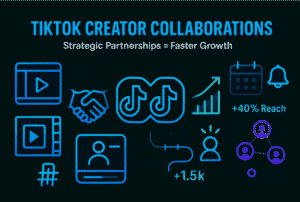
Introduction
TikTok isn’t just a platform for fun videos anymore—it’s become a serious source of income for creators. But with the introduction of the Creator Rewards Program, many are asking how it stacks up against the older TikTok Creator Fund. Which one pays better? What are the differences?
If you’re trying to understand TikTok’s monetization programs and which is right for you, this guide breaks it all down. We’ll compare payouts, eligibility, and strategy so you can choose the best path to grow your income on TikTok in 2025.
What Was the TikTok Creator Fund?
The TikTok Creator Fund launched in 2020 to help creators earn money for their content. It was TikTok’s first official monetization program, and anyone with at least 10,000 followers and 100,000 video views in the past 30 days could apply.
TikTok paid creators based on views, but many complained about low earnings—some reporting just a few cents per thousand views. The fund also didn’t reward high engagement or longer videos. Over time, creators realized that their videos weren’t earning what they deserved.
As criticism grew, TikTok began shifting focus. That change led to the Creator Rewards Program, a new system designed to fix the old issues and offer better rewards for quality content.
| Feature | TikTok Creator Fund | TikTok Creator Rewards Program |
|---|---|---|
| Launch Year | 2020 | 2023 |
| Monetization Basis | Total views | Watch time, engagement, originality |
| Video Length Requirement | Any length | 1+ minute |
| Content Type | Any (including reposts) | Original only |
| Average Payouts (CPM) | Low ($0.01–$0.04 per 1K views) | Higher (up to $1+ per 1K views) |
| Transparency | Limited earnings data | More transparent metrics |
| Availability | Widely available | Limited cou |
Inside the TikTok Creator Rewards Program
The TikTok Creator Rewards Program is the platform’s new and improved way to pay creators. Launched in 2023, it was designed to fix the issues with the old Creator Fund. To qualify, creators must have at least 10,000 followers and post original videos that are at least one minute long.
TikTok now rewards content based on engagement, watch time, and video performance—not just views.
This change encourages creators to make high-quality, valuable content. The monetization model has also improved, with many users reporting better payouts. The program is currently available in select countries, but TikTok plans to expand it. If you want to earn more on TikTok, the Rewards Program could be a better path forward.
Key Differences Between the Creator Fund and Creator Rewards
While both programs aim to help creators earn money, the Creator Rewards Program brings big improvements over the TikTok Creator Fund. The biggest change is how earnings are calculated. The old fund paid based on basic views, often with very low CPM rates.
In contrast, the Rewards Program considers watch time, engagement, and video originality, making payouts more performance-based.
Content requirements have also changed. Rewards only apply to original videos over 1 minute, unlike the Creator Fund, which accepted any length. The new program supports higher-quality content and filters out reused or low-effort clips. These updates show that TikTok is shifting toward rewarding creators who provide more value—and who know how to keep audiences watching.
✅ List: Creator Rewards Program Eligibility Checklist
To qualify for TikTok’s Creator Rewards Program, you must:
-
✅ Have at least 10,000 followers
-
✅ Get 100,000 video views in the last 30 days
-
✅ Be 18 years or older
-
✅ Post original content longer than 1 minute
-
✅ Live in a supported region
Real Creator Feedback & Community Insights
Many creators have taken to platforms like Reddit to share their experiences with both the TikTok Creator Fund and the Creator Rewards Program. A common theme? The Creator Fund often felt unrewarding, with some users earning just a few dollars for viral videos. In contrast, creators in the Rewards Program report higher payouts—especially for long-form, original content.
One Reddit thread showed a creator earning 5–10x more under Rewards for similar video views. Others mentioned that engagement metrics now seem to matter more. While results vary, the community agrees: the Rewards Program feels more transparent and fair. These firsthand insights highlight a growing belief that TikTok is finally offering a monetization model that benefits serious content creators.
Is the Rewards Program Really Better?
At first glance, the Creator Rewards Program seems like a major upgrade—but is it truly better than the TikTok Creator Fund? For many creators, the answer is yes. Reports show that the payouts are higher, especially for videos that hit the sweet spot: original, longer than 60 seconds, and engaging enough to hold viewer attention.
Under the old fund, creators complained about unclear earnings. Now, with the Rewards Program, TikTok provides clearer insights into how views and watch time influence payments. Some creators even claim they’re earning real income from content that previously made just pennies. While success depends on your niche and video quality, the new model gives creators a stronger chance to monetize their efforts meaningfully.
What Type of Creator Benefits Most from Each Program?
Not all creators saw success with the TikTok Creator Fund, and the same goes for the Creator Rewards Program—but the difference lies in who it rewards. If you’re a creator who produces original, long-form videos with high engagement and solid watch time, the Rewards Program is made for you.
Educational content creators, storytellers, and niche influencers (like fitness, finance, or tutorials) often perform better under this model. On the other hand, creators who focus on short, meme-style, or reused content may struggle to qualify or earn much.
Also, location matters—the program is only available in select countries, so geographic eligibility can impact your access. Ultimately, the Rewards Program favors creators committed to consistent, high-quality content.
💡 List: Content That Performs Best Under Creator Rewards
These types of videos tend to earn more:
-
📘 Educational and how-to videos
-
🎥 Storytelling or mini-documentaries
-
🤳 Behind-the-scenes and day-in-the-life content
-
💡 Thoughtful commentary or opinion-based content
-
🔍 TikTok SEO-focused videos (that match search intent)
8. Monetization Strategy: How to Succeed With TikTok in 2025
To make the most of TikTok’s Creator Rewards Program, you need more than just views—you need a strategy. Start by creating original videos longer than 1 minute, since short or reposted clips won’t qualify. Focus on boosting watch time by using strong hooks in the first few seconds and keeping your content engaging throughout.
Use TikTok SEO techniques like relevant hashtags, searchable video titles, and trending audio to help your content surface in search. Posting consistently also signals quality to TikTok’s algorithm. Creators who mix educational content with storytelling often see higher engagement metrics, which lead to better payouts. In 2025, success on TikTok will belong to creators who are both creative and strategic.
9. Alternatives to TikTok’s Monetization Programs
While the Creator Rewards Program is a strong option, it’s not the only way to earn on TikTok. Creators can also tap into TikTok LIVE Gifts, where followers send virtual gifts during livestreams. TikTok Subscriptions let loyal fans pay monthly for exclusive content. Then there’s TikTok Pulse, which shares ad revenue with creators on top-performing content.
Outside the platform, many creators turn to brand deals, affiliate marketing, and third-party tools like Fourthwall or Patreon to diversify income. These methods often pay more consistently than TikTok’s native programs. Combining TikTok’s built-in monetization with outside opportunities gives creators a stronger and more reliable income stream—especially as the platform’s algorithms and policies continue to evolve.
FAQs About TikTok Creator Fund vs Creator Rewards
Q1: Is TikTok Creator Rewards really better than the Creator Fund?
Ans : For most creators—yes! The Creator Rewards Program offers higher payouts and rewards quality content based on watch time and engagement, not just views. If you’re producing original, longer videos, you’ll likely earn more compared to the older fund.
Q2: What kind of videos make the most money in the Rewards Program?
Ans : TikTok favors videos longer than 1 minute that keep people watching. Think educational content, mini-stories, tutorials, and value-packed tips. Reposts and super short clips won’t qualify—originality and engagement are key!
Q3: Can I join the Creator Rewards Program if I was already in the Creator Fund?
Ans : Yes, if you meet the new eligibility criteria. TikTok is slowly replacing the Creator Fund with the Rewards Program, so switching over is encouraged—especially if you’re looking for better earnings.
Q4: What happens if my video goes viral but it’s under 1 minute?
Ans : Unfortunately, it won’t count toward Creator Rewards earnings. To qualify, your video must be at least 60 seconds and original. Even viral short clips won’t earn through the program—though they can still grow your audience.
Q5: Can I combine TikTok Rewards with other monetization methods?
Ans : Absolutely! Many creators use TikTok Rewards alongside brand deals, affiliate links, and platforms like Patreon or Fourthwall. This helps diversify your income and makes your content efforts much more profitable long term.
10. Conclusion
Both the TikTok Creator Fund and the Creator Rewards Program were built to help creators earn, but it’s clear the Rewards Program offers a smarter, more rewarding path in 2025. With better payouts, a focus on original, long-form content, and improved transparency, it gives creators more control over their income.
If you’re serious about growing on TikTok, the Rewards Program is worth exploring—especially if your content drives engagement and keeps people watching. But don’t stop there. Combine TikTok’s monetization with outside platforms and partnerships for long-term success. In the end, the best choice depends on your goals, content style, and how you plan to grow as a creator.
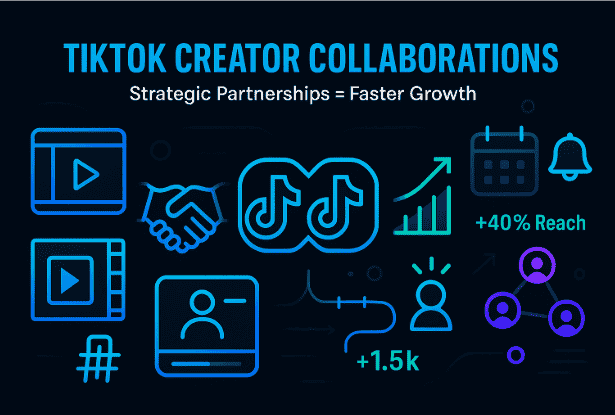
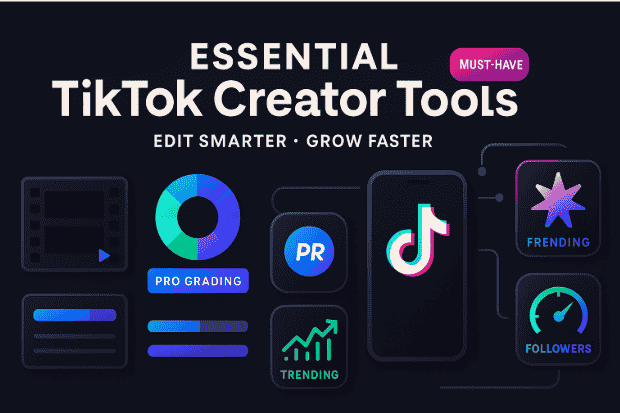
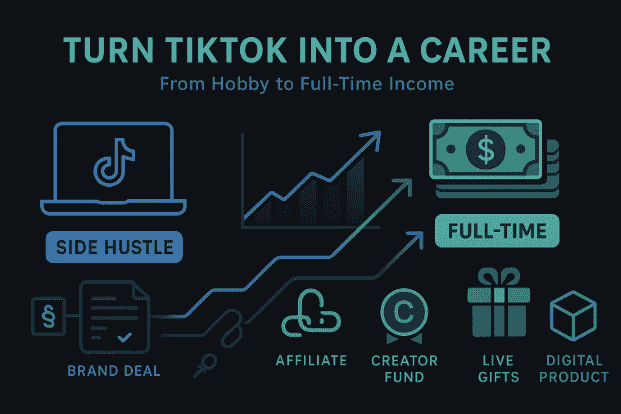

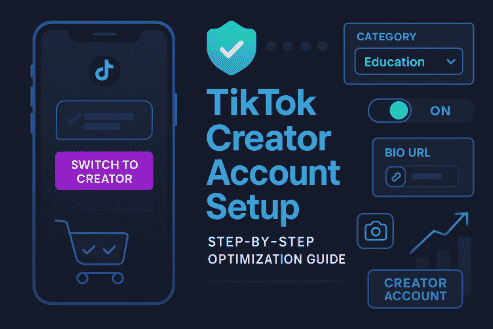
3 Comments